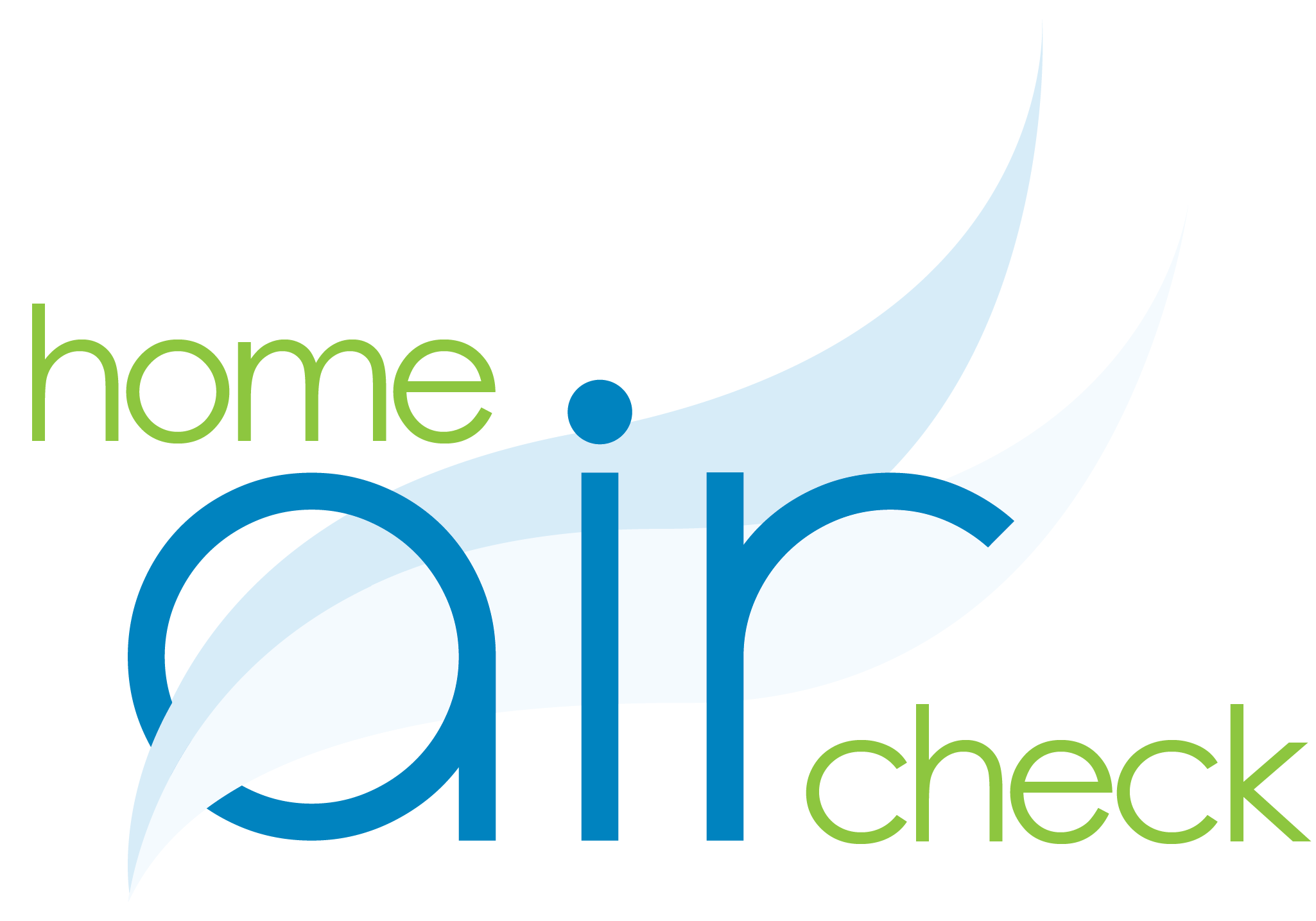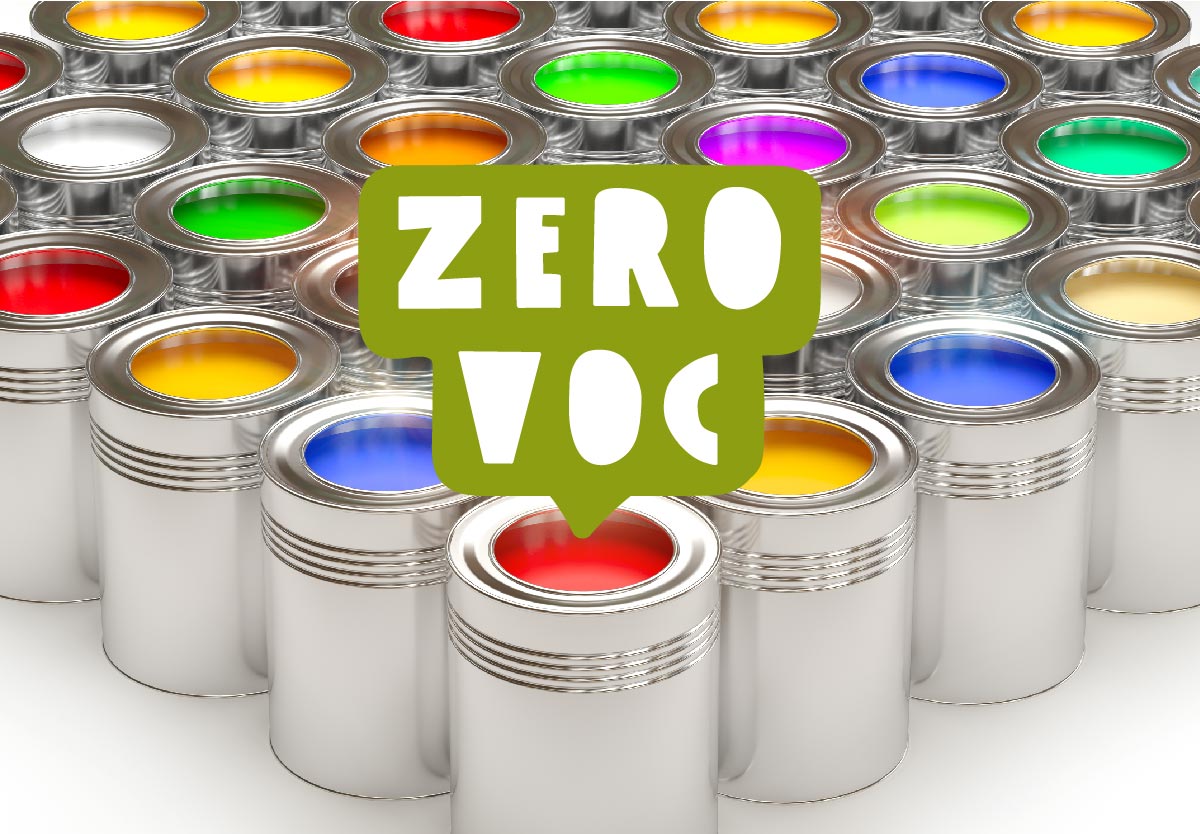Zero VOC Paint
In our search for the best and healthiest options for our homes it’s easy to be influenced by the hype around the next new thing that’s going to make everything better, especially when it can be difficult to determine how the product actually works. Some of the biggest culprits of this are low-VOC and zero-VOC paints.
Paints have several features that require different ingredients, making the paint formulas fairly complex. They include the binder (forms the solid film when the paint dries), solvent (controls how the paint flows when applied), pigment (gives the paint its color), and filler (used to add toughness, texture, etc.).
VOCs are chemicals emitted from solids or liquids that readily evaporate into the air at room temperature. They are usually used as part of the solvent, but may be present in the binder or other components, and are often responsible for the characteristic paint smell. That smell is a common cause of airway and eye irritation. To reduce these effects, many paint manufacturers now produce low-VOC or zero-VOC paints.
However, the low-VOC or zero-VOC label can be misleading because the US Environmental Protection Agency (EPA) has classified some chemicals as VOC-exempt, meaning they meet criteria of either reactivity or size and are therefore not classified as VOCs. So paint manufacturers can use these chemicals in their paint but still label the paint as low-VOC or zero-VOC. Also, the low-VOC or zero-VOC label typically applies to the base paint and adding the pigment, or color, may substantially increase the VOCs in the paint.
Can VOC Free Paint Still Pose a Danger?
In order for the paint to work properly (e.g., spread evenly, be thick enough to coat the surface, dry properly so the paint doesn’t peel or blister) some chemicals must be used. Paint manufacturers can switch to using some of these VOC-exempt chemicals and label their products as low-VOC or zero-VOC, but the potential for chemical exposure is still there.
In addition, although there have been a lot of improvements in low-VOC and zero-VOC paints, some of them still do not perform as well as more traditional paints and may require additional coats or more touch up later.
Paint is used in poorly ventilated areas which increases the potential exposure.
Paint slowly off gasses from painted surfaces for months to years.
Partially used paint in containers stored in garages or basements are a continuous source of VOCs.
Arts and crafts paints are often stored with other toys rather than in a more ventilated area away from the children.
There is always the potential for chemical exposure, regardless of the type of paint used. The solvent will continue to slowly evaporate for months, or even years, so circulating as much air as possible after the paint is applied will speed up that process and reduce the VOC levels as quickly as possible. Since it’s best to paint when you can ventilate as much as possible try to avoid painting when you can’t open the windows.
Another important feature is to make sure you plan your painting to allow time for the paint to set properly and the residual chemicals to dissipate as much as possible. For example, paint a new baby’s room at least 2 months before the baby is due and try to avoid sleeping in newly painted bedrooms for a few days.



1 Comment
[…] Source: https://www.homeaircheck.com/2014/07/01/are-zero-voc-paints-still-dangerous-to-your-health/ […]
Comments are closed.